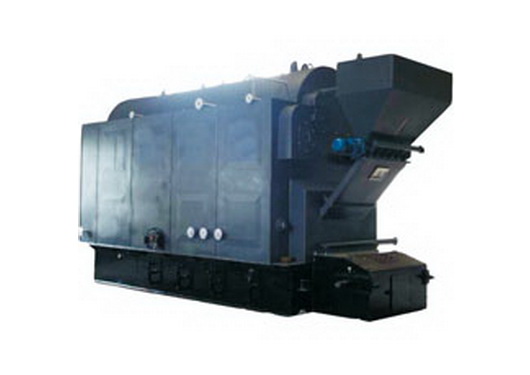鍋爐這種設備是要很好的(de)維護才能(néng)更好的(de)被使用!
鍋爐使(shǐ)用中應定期清理(lǐ)水溫及水位探頭,定期檢查除垢;開水爐需定期疏通爐體開水出水口及出水(shuǐ)管道及水嘴(zuǐ)。每天須至少進行一次排(pái)汙。
排汙辦法:排(pái)汙前鍋爐水位處(chù)於正常高水位,鍋爐壓力在0.1-0.2MPA時進行,本著“勤排、少排、均勻排”的原則(每天至少一次),短促間斷(duàn)進行(háng),即排汙閥開後即(jí)關,關後再開、如(rú)此重複數次,待水位處於正常低水位即可(kě)。切記不得將鍋爐排空。
鍋爐的壓(yā)力表、an全閥等安全附件應定期校驗以保證其可(kě)靠性(xìng)(壓力(lì)表每半年至少一次,an全閥每一年至少一次)。
Boiler This equipment is to be well maintained to be better used!
Boiler should be regularly cleaned water temperature and water level probe, regularly check descaling; boilers need to regularly open the furnace water outlet and outlet pipes and faucets. Drain must be done at least once a day.
Sewage disposal methods: before the sewage boiler water level is at a normal high water level, the boiler pressure at 0.1-0.2MPA carried out, the spirit of "row row, less row, even row" principle (at least once a day), short interruption, After the close, off and then open, so repeated several times until the water level at the normal low water level can be. Remember not to empty the boiler.
Boiler pressure gauges, safety valves and other safety accessories should be regularly verified to ensure its reliability (pressure gauge at least once every six months, safety valve at least once a year).

